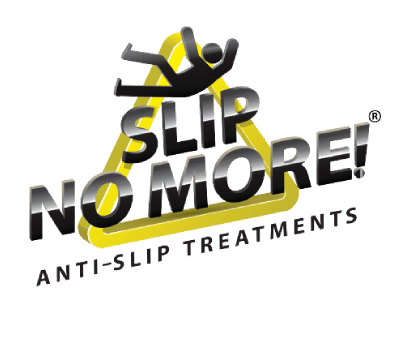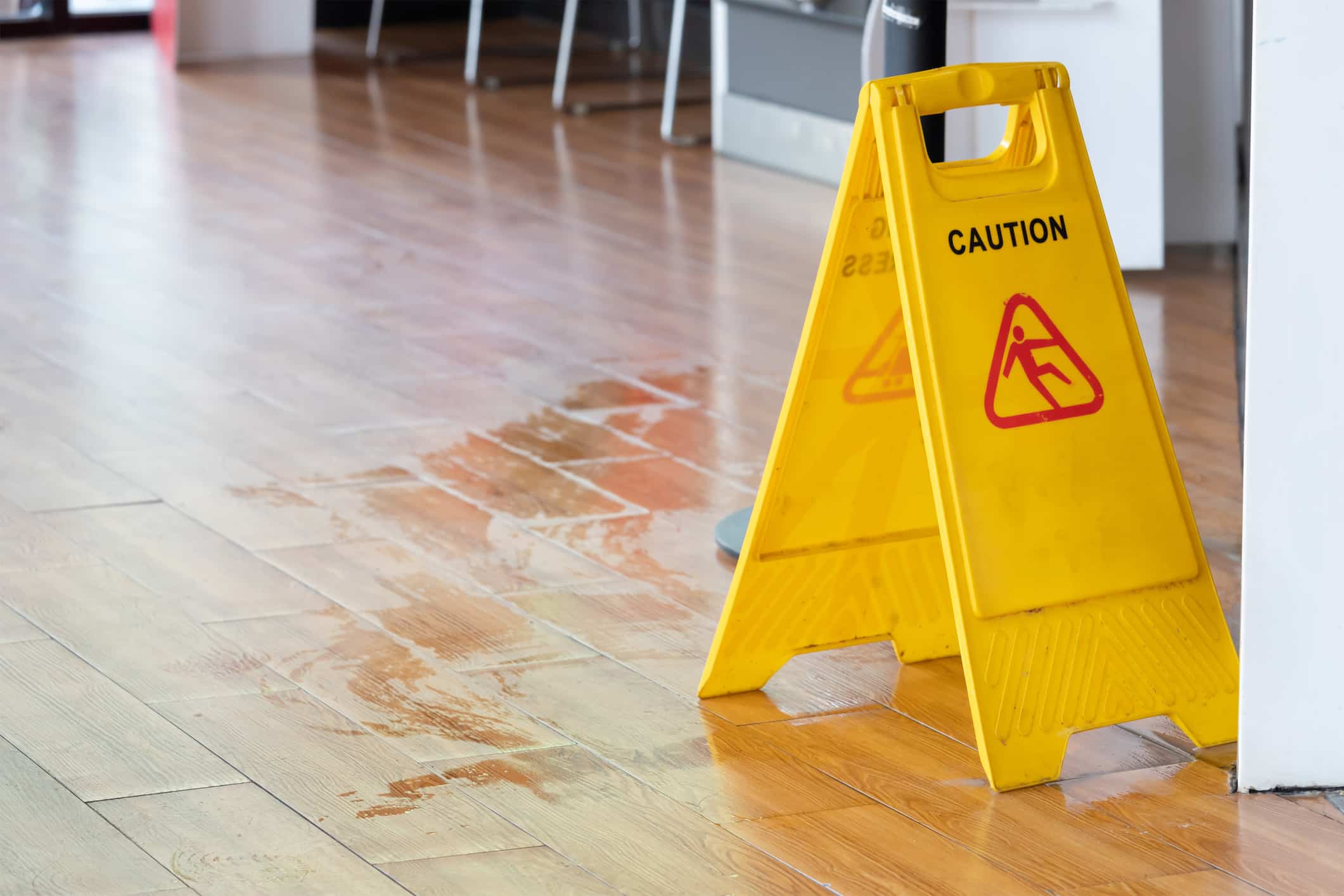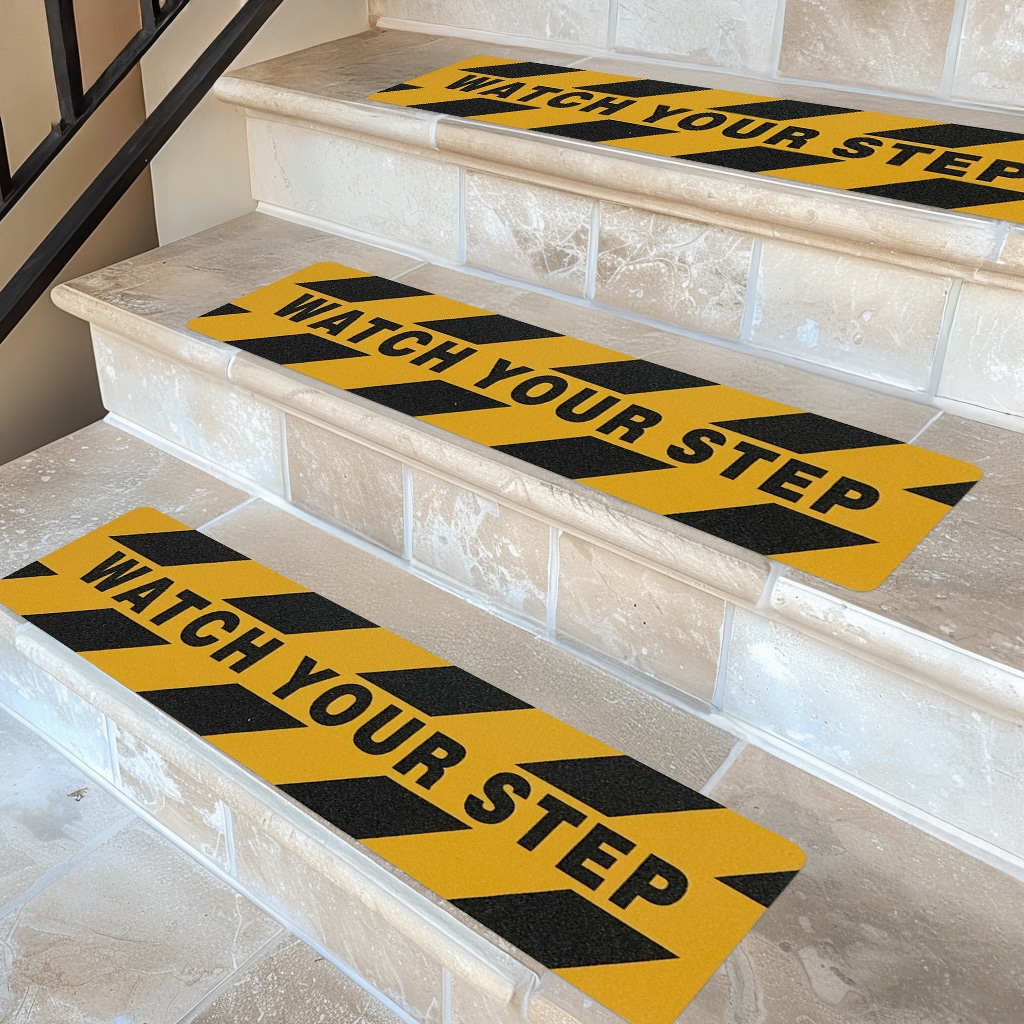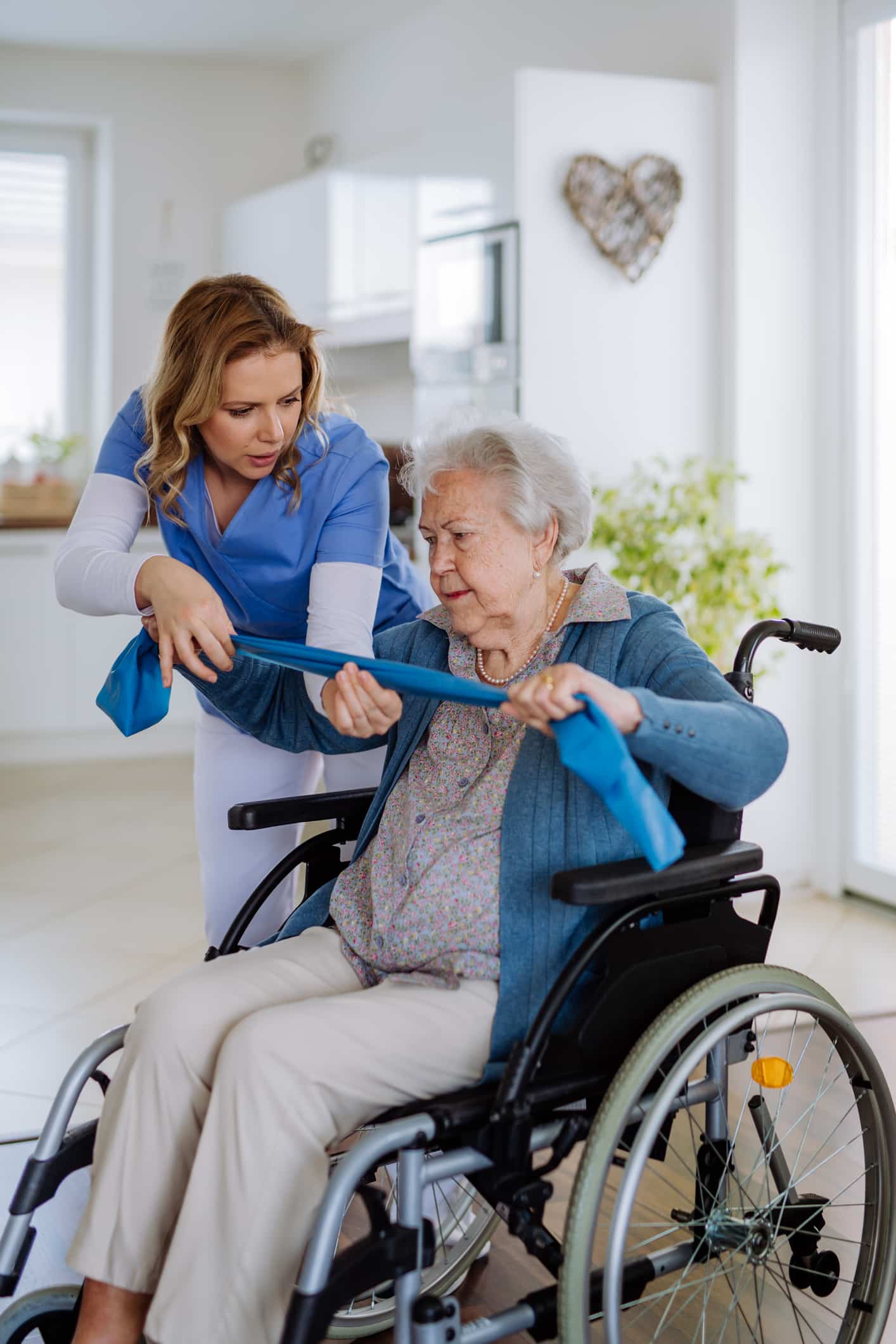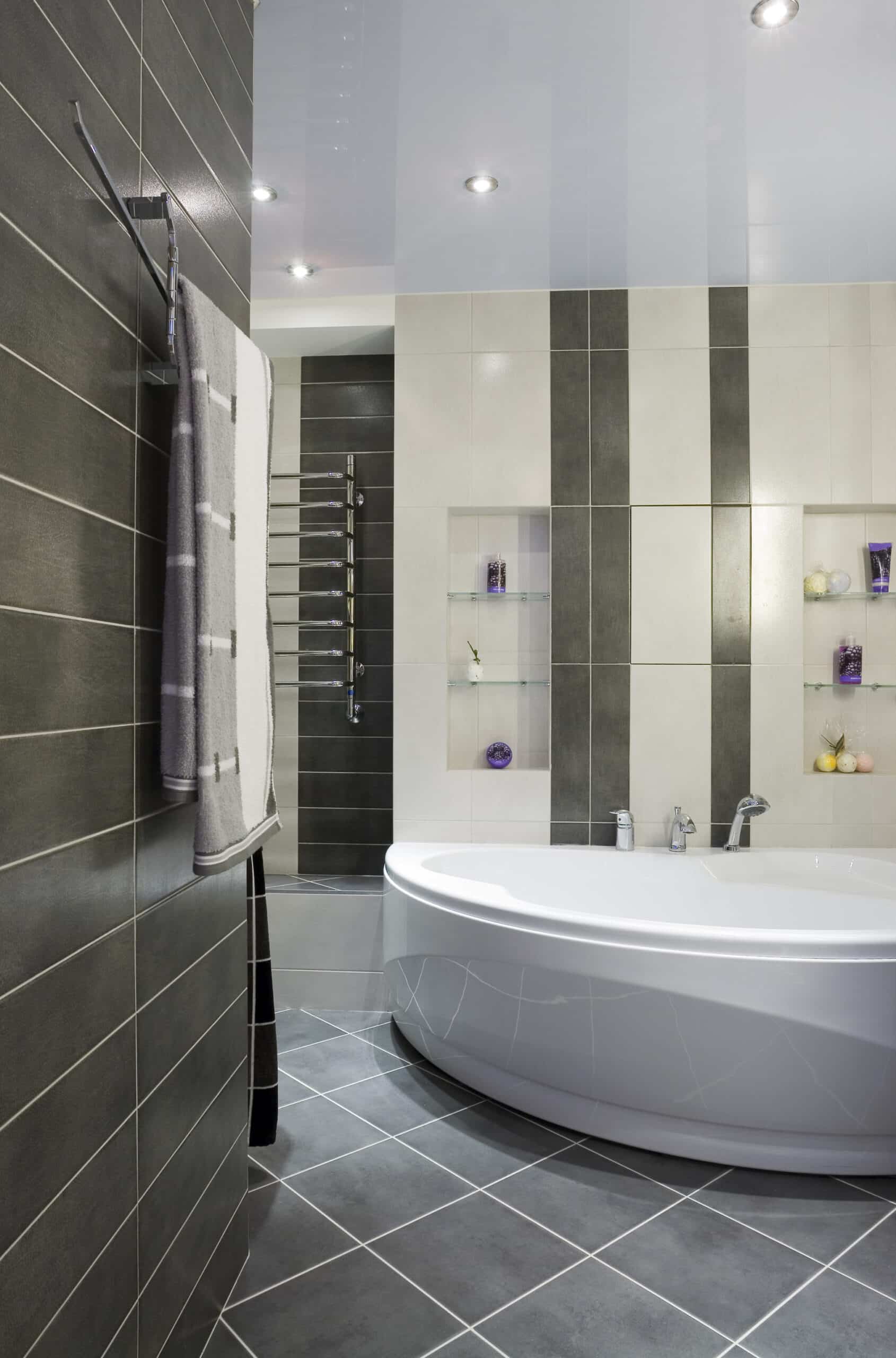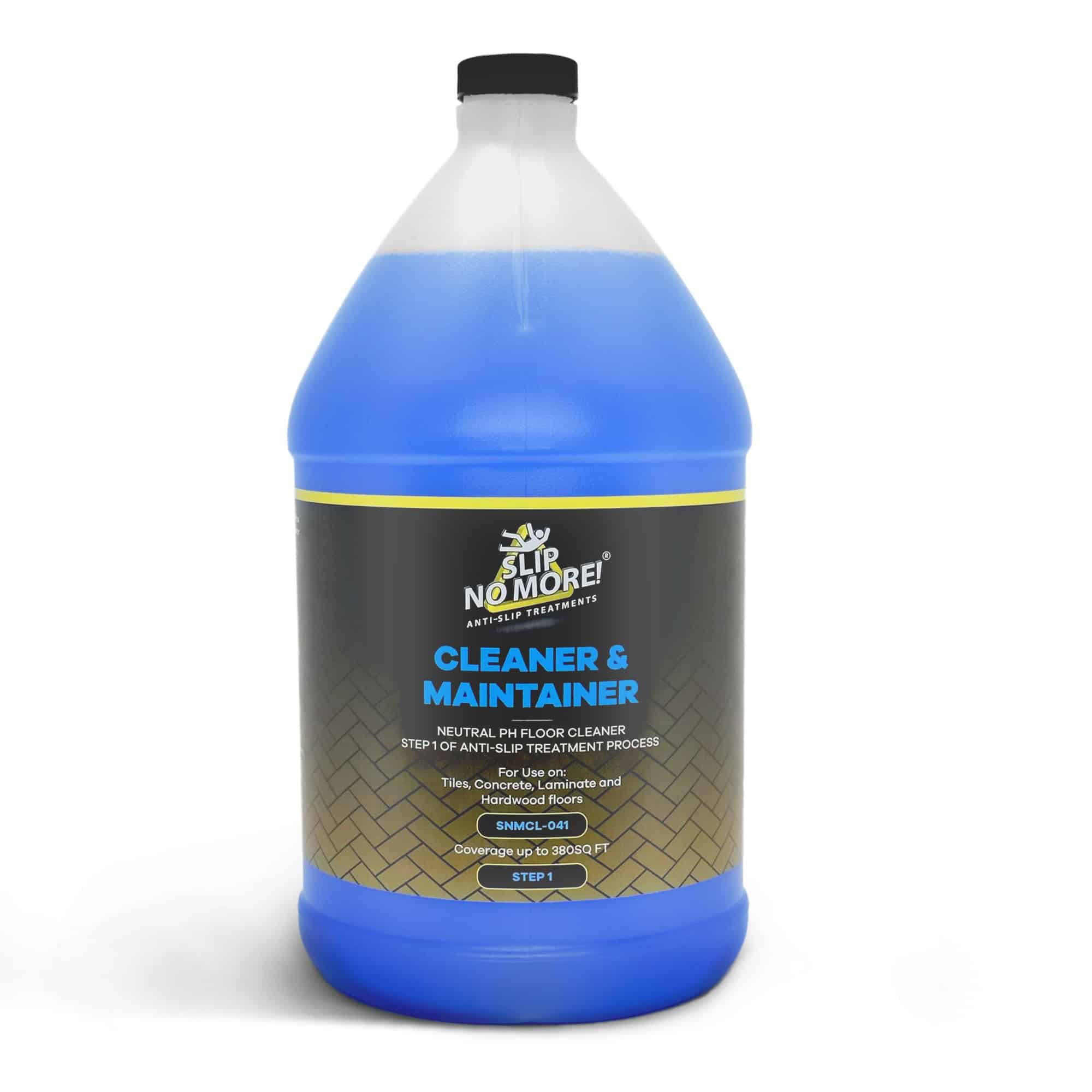When it comes to anti-slip floor safety, you’re at the right place. Having dealt with floor safety in more than 20 countries, we know a thing or two about the topic. There are a couple of factors to consider when assessing your floors’ safety.
The Science Behind Anti-Slip Floor Coatings: Ensuring Safety
Step confidently into the world of safety with a deeper understanding of anti-slip floor coatings. Unravel the science behind these coatings and discover how they ensure secure, accident-free environments. Anti-slip floor safety coatings are not just another layer of protection; they are the meticulous result of scientific innovation blended with practicality. Whether you’re a facility manager, business owner, or a safety-conscious individual, knowing the dynamics of Anti-slip floor safety coatings empowers you to make informed choices and create secure spaces. From the molecular composition to the real-world application, this article uncovers the precise mechanisms that make anti-slip coatings an indispensable safety solution.
Harnessing the power of advanced materials, these coatings transform slippery surfaces into secure footholds, mitigating the risk of accidents. Join us on this journey through the science of Anti-slip floor safety coatings as we delve into the technology that provides reliable traction and enhances safety standards. Let’s equip ourselves with the knowledge needed to make safety a priority.
Understanding anti-slip floor safety coatings
Anti-slip floor safety coatings are specially formulated treatments designed to reduce the risk of slips and falls on various surfaces. These coatings are engineered to enhance traction, providing a secure footing even on slippery floors. Understanding the composition and application of these coatings is crucial to appreciate their role in preventing accidents and promoting safety within different environments.
The molecular structure of Anti-slip floor safety coatings plays a pivotal role in their effectiveness. These coatings often contain abrasive particles or texturizing agents that create friction between the shoe and the floor surface. This frictional force significantly reduces the likelihood of slipping, especially in areas prone to moisture, spills, or heavy foot traffic.
Moreover, applying Anti-slip floor safety coatings is a specialized process that requires careful consideration of the surface material, environmental conditions, and desired level of slip resistance. By comprehending the underlying science of these coatings, individuals, and businesses can make informed decisions regarding their safety measures, ultimately fostering secure and accident-free spaces.
The importance of anti-slip floor safety coatings
The significance of Anti-slip floor safety coatings cannot be overstated, especially in environments where safety is paramount. Whether it’s a commercial establishment, industrial facility, or residential property, implementing anti-slip coatings addresses the critical need for accident prevention. Property owners and managers are committed to safeguarding the well-being of occupants and visitors by proactively investing in these coatings.
Beyond the ethical responsibility, there are also legal and financial ramifications associated with slip and fall accidents. Property owners are liable in many jurisdictions for ensuring safe conditions. Failure to mitigate slip hazards can result in costly litigation, insurance claims, and reputational damage. Anti-slip floor safety coatings serve as a proactive risk management strategy, reducing the likelihood of accidents and the potential legal repercussions that may arise.
Furthermore, installing Anti-slip floor safety coatings aligns with regulatory standards and industry best practices, demonstrating compliance with safety regulations and building codes. This proactive approach not only enhances the overall safety culture but also contributes to the longevity and reputation of the property or business.
How non-slip floor coatings work
The functionality of Anti-slip floor safety coatings revolves around the principle of increasing friction and improving traction on surfaces that are prone to slipperiness. By altering the surface characteristics, these coatings effectively disrupt the smoothness and reduce the risk of skidding or sliding. This mechanism is particularly crucial in high-traffic areas, wet environments, and spaces where spillages are common.
The abrasive or texturizing components within the coatings create a micro-roughness on the surface, enhancing grip and stability. This micro-texturing interacts with the footwear, providing a secure foothold and minimizing the potential for accidents. The science behind this process is rooted in material engineering and surface modification, where the goal is to transform slick surfaces into secure walking areas without compromising the aesthetic appeal of the flooring.
Additionally, Anti-slip floor safety coatings often incorporate chemical properties that enhance adhesion and durability, ensuring long-term effectiveness in diverse conditions. This holistic approach to slip resistance encompasses both the physical and chemical aspects, resulting in a comprehensive solution for maintaining safe and secure flooring surfaces.
Types of anti-slip floor coatings
Anti-slip floor safety coatings come in various formulations, each tailored to specific surface materials and environmental requirements. Common types include epoxy-based coatings, polyurethane sealants, non-slip paints, and specialized treatments for specific flooring materials such as ceramic, concrete, or wood. The selection of the appropriate coating type depends on factors such as the existing surface condition, anticipated foot traffic, exposure to moisture, and aesthetic preferences.
Epoxy-based coatings, for instance, are renowned for their exceptional adhesion and chemical resistance, making them suitable for industrial settings and heavy-duty applications. Polyurethane sealants offer a balance of durability and flexibility, ideal for areas where temperature variations and mechanical stress are prevalent. Non-slip paints provide a cost-effective solution for enhancing traction on various surfaces, offering versatility and ease of application.
Moreover, advancements in nanotechnology have led to the development of nano-coatings with remarkable anti-slip properties, leveraging nanoscale materials to create ultra-thin yet highly effective surface modifications. These advancements underscore the diverse options available to address slip hazards and improve safety across different settings.
Choosing the right anti-slip floor safety coating for your needs
Selecting the most suitable Anti-slip floor safety coatings involves a comprehensive assessment of the specific requirements and conditions within the intended environment. Traffic patterns, contaminant exposure, cleaning protocols, and aesthetic considerations are crucial in determining the optimal coating solution.
Consulting with experienced professionals in Anti-slip floor safety coatings can provide valuable insights into the selection process. A thorough evaluation of the existing flooring substrate, surface preparation requirements, and long-term performance expectations enables informed decision-making. Additionally, considering the reputation and track record of coating manufacturers and applicators contributes to the reliability and efficacy of the chosen solution.
Furthermore, customizing the Anti-slip floor safety coatings to align with the visual appeal of the space ensures that safety enhancements seamlessly integrate with the overall design and ambiance. Property owners and managers can balance functionality and visual appeal harmoniously by prioritizing safety and aesthetics.
Benefits of professional application of anti-slip floor coatings
Engaging professional services for applying Anti-slip floor safety coatings yields numerous advantages, ensuring the optimal performance and longevity of the treatment. Professional applicators possess the expertise and equipment to prepare surfaces, apply coatings precisely, and execute quality control measures, delivering consistent and reliable results.
Moreover, reputable professionals are well-versed in the nuances of different coating materials, enabling them to recommend the most suitable products and application techniques based on the specific requirements of the environment. Their extensive experience in surface preparation, coating application, and post-application maintenance contributes to the overall effectiveness of the anti-slip treatment.
Professional application also encompasses adherence to safety protocols and industry standards, minimizing potential errors, and ensuring compliance with best practices. This approach not only optimizes the performance of the anti-slip coating but also instills confidence in the durability and reliability of the treatment, ultimately enhancing the environment’s safety.
DIY vs. professional application of non-slip floor coatings
While DIY options may be available for applying Anti-slip floor safety coatings, the complexities and nuances involved in achieving optimal results often warrant the expertise of professional applicators. DIY applications, especially on large or high-traffic surfaces, may lack the precision, durability, and quality assurance that professional services can provide.
Professional applicators are equipped with the knowledge and skills to assess surface conditions, address substrate irregularities, and apply coatings to ensure uniform coverage and long-term adhesion. Their proficiency in surface preparation, product selection, and application techniques minimizes the likelihood of premature coating failure and ensures the sustained effectiveness of the anti-slip treatment.
Additionally, professional applicators often offer warranty coverage and maintenance programs that extend the longevity of the Anti-slip floor safety coatings, providing peace of mind for property owners and managers. Investing in professional services safeguards the integrity of the treatment and mitigates the risks associated with suboptimal DIY applications.
Maintaining and reapplying anti-slip floor coatings
The maintenance and reapplication of anti-slip floor coatings are essential for preserving their efficacy and ensuring continuous slip resistance. Regular cleaning and maintenance routines play a pivotal role in preventing the accumulation of contaminants, maintaining the textured surface, and prolonging the lifespan of the coatings.
When signs of wear or diminished slip resistance become evident, timely reapplication of the coatings is imperative to uphold safety standards. Professional applicators can assess the condition of the coatings, recommend appropriate maintenance schedules, and execute reapplication procedures with precision, revitalizing the slip-resistant properties and extending the service life of the treatment.
Furthermore, proactive maintenance and reapplication demonstrate a commitment to safety and risk management, reinforcing the importance of ongoing care for slip-resistant surfaces. By incorporating maintenance protocols into facility management practices, property owners and managers uphold the integrity of the safety measures and prioritize the well-being of occupants and visitors.
Case studies: Successful use of anti-slip floor coatings
Real-world examples exemplify the impactful role of Anti-slip floor safety coatings in enhancing safety and mitigating slip hazards across diverse settings. Case studies showcasing the successful application of these coatings offer valuable insights into their practical benefits and the positive outcomes achieved in various environments.
Implementing high-performance epoxy-based Anti-slip floor safety coatings in a bustling commercial kitchen transformed the previously hazardous flooring into a secure and compliant surface. The enhanced traction and durability of the coating not only safeguarded kitchen staff from potential accidents but upheld hygiene standards and regulatory compliance.
Similarly, in a retail environment with polished concrete floors, applying a specialized non-slip treatment minimized the risk of customer slips and falls, contributing to a welcoming and secure shopping experience. The seamless integration of the anti-slip solution with the aesthetic appeal of the retail space underscored the balance between safety and visual coherence.
These case studies underscore the tangible benefits of Anti-slip floor safety coatings in fostering safe, functional, and legally compliant environments, serving as compelling illustrations of their efficacy and adaptability across diverse applications.
Conclusion
The science behind Anti-slip floor safety coatings unveils a world of innovation, practicality, and safety. By understanding these coatings’ molecular mechanisms, functional dynamics, and real-world applications, individuals and businesses can elevate safety standards and prioritize accident prevention. From the selection and application of coatings to ongoing maintenance and reapplication, the comprehensive approach to slip resistance encompasses both the technical and practical aspects of creating secure environments.
As we navigate the intricate science of Anti-slip floor safety coatings, it becomes evident that safety is not just a concept but a tangible manifestation of thoughtful engineering and proactive risk management. By harnessing the power of advanced materials and precision application techniques, anti-slip floor coatings epitomize the fusion of science and safety, offering reassurance with every step taken on secure, slip-resistant surfaces.
Our social media channels are full of exciting content, and whether you prefer Facebook, Instagram, or YouTube there’s helpful content just for you. If you found this article helpful, why not learn about how to avoid lawsuits with anti-slip treatments.
